When the first iPhone came out, its home screen was filled with dazzling rows of apps with eye-popping icons, a notification system that would constantly buzz and remind you what you’re missing, a vast catalog of activities to keep you entertained for hours, and much more. 15 years later, not much has fundamentally changed. The bright and colorful apps and the round-the-clock drumbeat of alerts urging you to check your phone are all still here.
However, in the intervening years, what has dramatically evolved is our relationship with smartphones. Over a decade ago, most people barely spent half an hour on the mobile web. Today, that figure has skyrocketed to more than four hours on average — and it continues to climb.
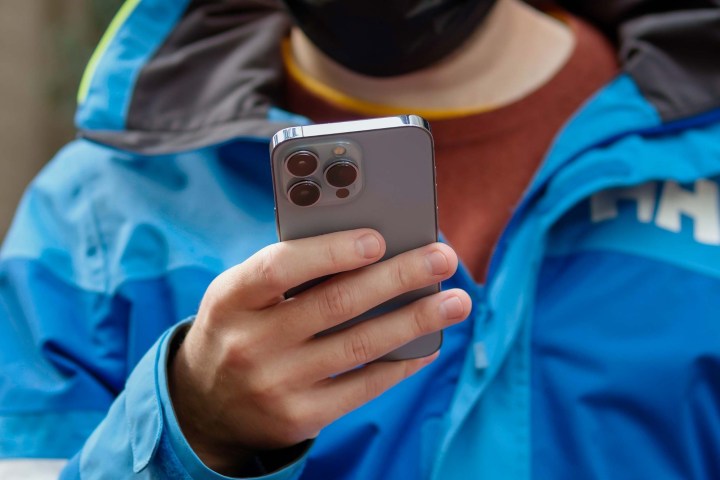
Our growing inability to put our phones down has spawned a range of alarming phenomenons, such as “phubbing,” wherein a person begins to snub friends and family in favor of their phone, and “phantom calls,” a psychological imbalance that causes users to sense the buzz of a smartphone, even when it isn’t really there. Research in neuroscience has repeatedly proved phones are making us dumber, sleepless, poorer at in-person communication, and even clinically depressed in some cases. The list goes on.
But as problematic and addictive behaviors have become more and more visible, so too has the movement to do something about them.
A distraction-free home screen
The smartphone home screen, with its one-touch access to some of your phone’s most addictive elements like apps and notifications, is engineered for engagement — and as such, it’s one of the main contributors to unhealthy phone habits. So, is overhauling it for better digital wellbeing the key to making phones easier to put down? One startup sure thinks so.
Berlin-based startup Blloc has developed an Android home screen app called Ratio, which aims to break some of the most irresistible qualities of traditional systems with “distraction-free” replacements.
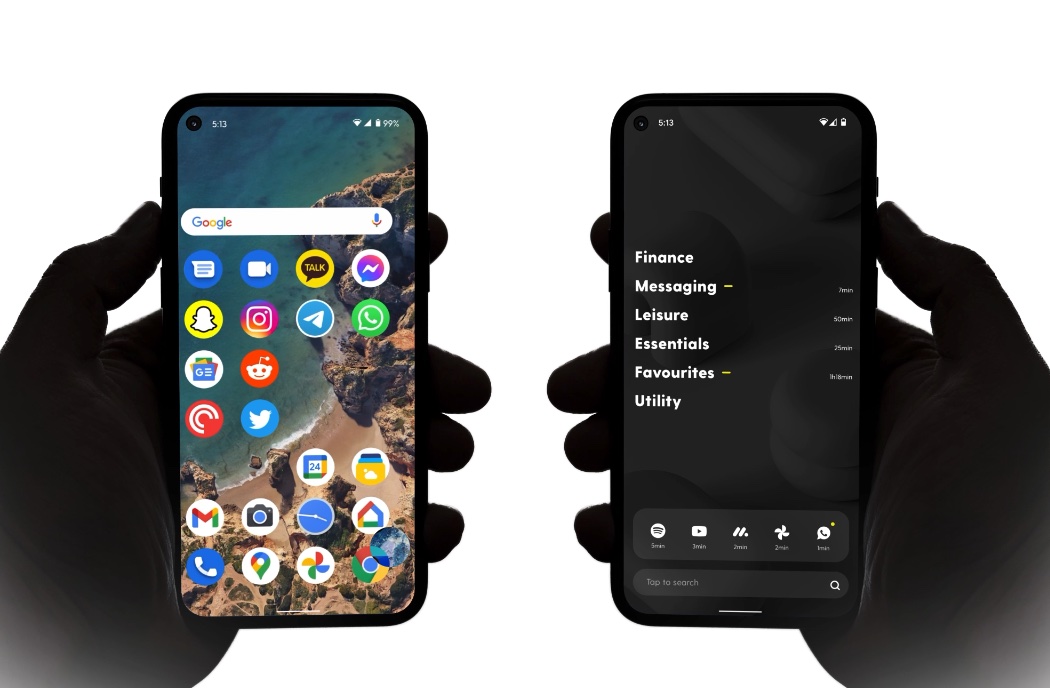
Swiping right on Ratio, for instance, pulls up a BlackBerry-esque hub that curates all your incoming texts and lets you reply to them, and on the left, you’ll find a host of essential widgets like Spotify playback control. Both these screens help you accomplish a quick task right from the home screen — a trick Blloc believes will prevent people from falling into rabbit holes and lurking around even when they’re done responding or, say, checking the weather.
But the cornerstone of Ratio is that it, by default, kills what companies use to hack your brain: colors.
The science of colors in smartphone addiction
Smartphones and most pieces of tech often rely on the same psychological tricks that power slot machines, which are equipped with a dazzling array of graphics to keep your attention and trigger the sort of electrical activity in your mind that inspires dopamine-fueled happy emotions. This is why, when we’ll sometimes open our phone with a specific intention — say, reading emails — we can get distracted and end up tapping the shiny Instagram icon. Many activists and researchers believe the trick to counter such manipulation is to simply go gray.
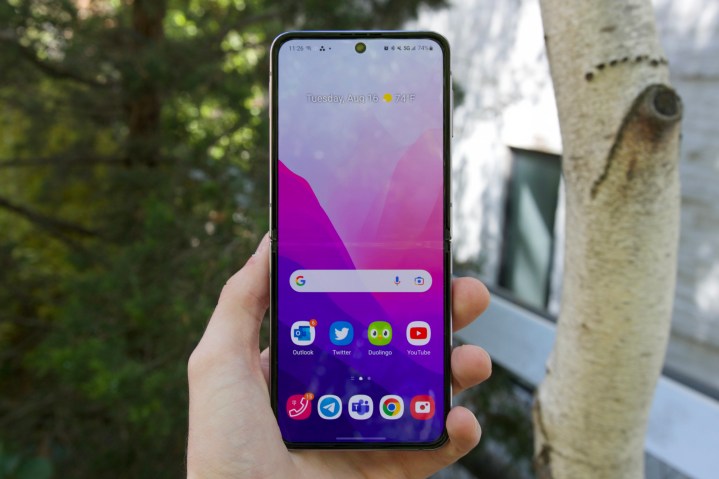
Dr. Alex J. Holte, a behavioral science professor at the University of Cincinnati Blue Ash College, found in his research that participants who switched to the monochrome mode spent “significantly less time on social media and internet browsing.”
“The grayscale setting is so effective,” Dr. Holte added, “as it reduces the enjoyment of the user” and makes the “rewards” companies use for positive reinforcement “less appealing.”
The very response apparatus that we use to judge the ripeness of a tomato or a strawberry from its “redness” is also applied to “look at ads on phones, apps, or other interventions through screens” and “turning that element off has turned out to be an extremely helpful way of reducing the appeal of digital items,” says Dr. Thomas Z. Ramsøy, a neurobiologist whose firm uses brain scans to research how people will react to a new tech product and has consulted tech giants, including Google, Facebook, Spotify, and more.
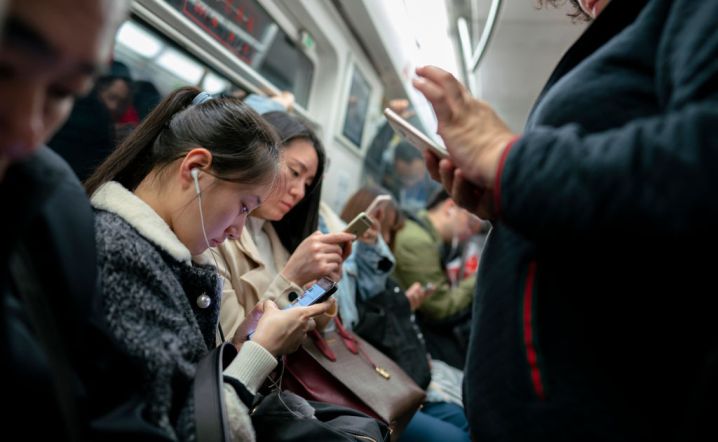
Though iPhones and Android phones ship with their own grayscale mode, it’s buried deep in settings. Blloc, which has nearly a million users so far, hopes to make it the default. And it really does make a difference.
In my time with Ratio, I felt less inclined to jump into Twitter or Instagram doomscrolling sessions and usually found the will to put my phone down after I was done with what I had unlocked my phone for in the first place. It also helps that I could accomplish many tasks right from the Ratio home screen, eliminating the need to open apps altogether. Another clever technique Ratio employs is to proactively flash your usage limit for a given app directly underneath its icon. It reminds you right before launching an app how much time you’ve spent on it and how much more you can in the day.
Blloc’s Chief of Staff, Krishan Allen, says that it understands how vital a role phones play in our lives, and hence, instead of just imposing restrictions to get your screen time figures down, it wants you to be more productive on it. “We’re not anti-phone,” Allen told Digital Trends. “We want to help people extract exactly what they need from their devices, as effectively as possible.”
The key to breaking smartphone addiction
Blloc isn’t alone. The quest to reinvent our relationship with smartphones has led to a score of radical projects. The Light Phone, for example, is a hyper-minimalist phone that’s designed to be “used as little as possible.” The credit card-sized phone strips down the cellular experience to the essentials and only allows users to access a limited number of functions, such as calls, SMS, music, hotspot tethering, and navigation. Its Kindle-like screen, like Ratio, has no sign of color.

Similar to Ratio, Light Phone’s founder, Joe Hollier wants to encourage “intentional use.” By isolating different aspects of technology to different devices, like communicating with friends and family on a Light Phone and restricting emails to a work laptop, users can draw their own boundaries, Hollier believes. “If we were trying to break our addiction to cigarettes, we wouldn’t keep walking around with a pack of smokes on us,” Hollier said, “and I think that is one reason why the Light Phone is working so well.”
Adam Alter, a marketing professor at the NYU Stern School of Business and author of Irresistible, a book on the rise of addictive tech, finds these projects a “hard sell” as people want digital wellbeing tools but don’t like the “idea of putting a ceiling on what their phones can do.” And it’s true; none of them have made it into the mainstream. Even Blloc began its journey with a minimalistic, proprietary smartphone and eventually pivoted to a home screen app.
To get smartphone addiction under control, researchers typically agree that big companies like Apple and Google are the only ones capable of making any substantial difference in how we use our phones — but that’s a dead end too. Though both companies have rolled out a bunch of usage options in recent years, screen time has only gone up. Alter says we ultimately can’t rely on them to implement meaningful anti-addiction measure because there’s an obvious conflict of interest.
“We have to assume their products, despite wellness features and promises to the contrary are designed to keep us engaged,” Alter said. For every digital wellbeing feature, there are dozens of addictive elements people are fighting against.
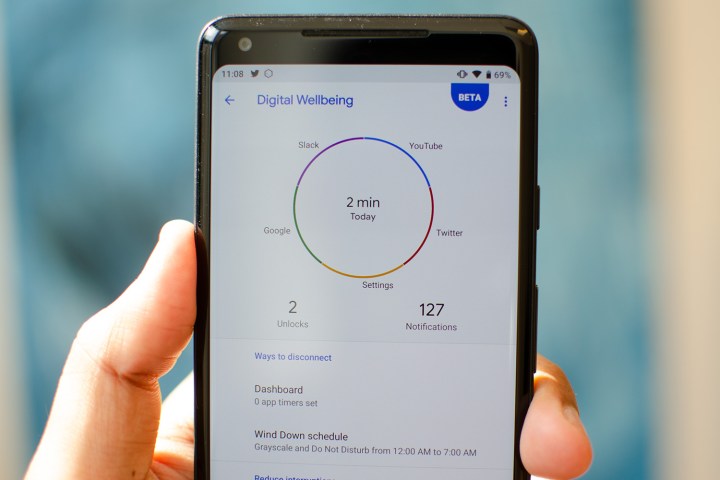
There are a few steps that work, however. Dr. Ramsøy pushes for far-reaching regulation, such as forcing companies to switch off notifications by default, holding companies with deceptive practices accountable, and educating users early on on the mental effects of smartphone obsession.
But until those changes arrive, experts agree that people must focus on developing habits that distance them from their phones for a few hours every day. Whether you’re comfortable with alternatives like Light Phone and Blloc Ratio, setting screen time limits, or simply throwing the phone in a drawer while you, say, cook, the trick is to find what works for you and stick with it.
Because, at stake here are, Alter adds, “are our social relationships, our romantic relationships, our enduring physical and psychological well-being, and our ability to carve out time to exercise, truly relax, and pursue activities that bring us joy and meaning beyond our screens.”



